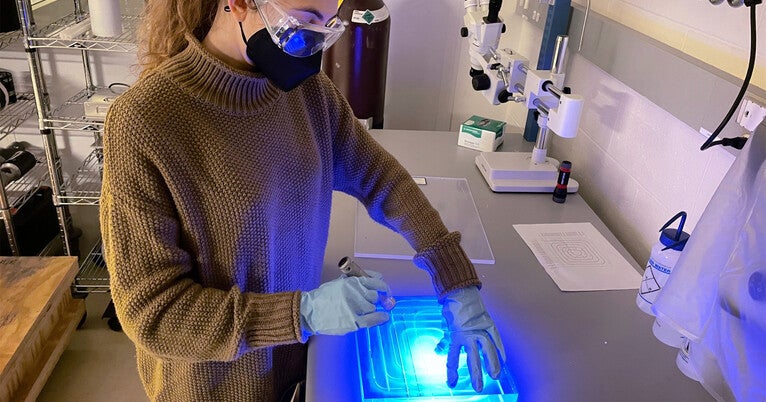
Deep beneath the Gran Sasso mountain in Italy, a team of international researchers is on the brink of a scientific breakthrough that could potentially alter the Standard Model of Particle Physics. The Cryogenic Underground Observatory for Rare Events (CUORE), involving scientists from Yale University, has achieved a significant milestone by collecting two ton-years of data in their quest to document the elusive phenomenon known as “neutrinoless double beta decay.”
This ambitious experiment, which has been ongoing for several years, aims to provide evidence for a rare nuclear particle decay process that could redefine our understanding of fundamental particles. While the standard “double beta decay” is a well-documented process where two neutrons in an atom’s nucleus transform into two protons, emitting two electrons and two antineutrinos, the neutrinoless variant posits a scenario where no antineutrinos are produced. This would imply that neutrinos are their own antiparticles, a concept that has profound implications for particle physics.
Revolutionary Data Collection
In a recent publication in the journal Science, CUORE researchers have leveraged their latest dataset to establish new constraints on the frequency of neutrinoless double beta decay in tellurium atoms. Their findings suggest that such an event occurs no more than once every 50 septillion years, or once every trillion trillion years, highlighting the rarity of this phenomenon.
The success of this data collection effort is largely attributed to a specially designed algorithm that effectively filters out extraneous “noise.” This noise includes vibrations from various sources such as nearby conversations, ocean waves crashing against the Italian coast, and seismic activity from earthquakes worldwide. The algorithm functions akin to noise-cancelling headphones, but on an unprecedented scale, allowing researchers to isolate the subtle signals indicative of neutrinoless double beta decay.
Scientific Implications and Expert Insights
The implications of confirming neutrinoless double beta decay are vast. If proven, it would not only validate the theory that neutrinos are their own antiparticles but also provide insights into the asymmetry between matter and antimatter in the universe. This could potentially explain why the universe is dominated by matter, a question that has puzzled physicists for decades.
Reina Maruyama, a professor of physics and astronomy at Yale and a key member of the CUORE collaboration, emphasized the importance of understanding and mitigating external vibrations in their research. “The focus of this data release is understanding sources of external vibrations and learning how to subtract that from our data to better search for this extremely rare decay,” she said.
“The focus of this data release is understanding sources of external vibrations and learning how to subtract that from our data to better search for this extremely rare decay.” – Reina Maruyama
Historical Context and Future Prospects
The search for neutrinoless double beta decay is part of a broader effort to explore the properties of neutrinos, particles that have been a subject of intrigue since their theoretical prediction in the 1930s. Over the years, various experiments have sought to unravel the mysteries of neutrinos, contributing to significant developments in particle physics.
The CUORE experiment represents a continuation of this legacy, building on past research while employing cutting-edge technology to push the boundaries of what is known. The use of noise-cancelling technology in such a delicate experiment underscores the innovative approaches scientists are adopting to tackle complex scientific questions.
Looking ahead, the CUORE team plans to refine their techniques further and continue collecting data in hopes of eventually observing the elusive neutrinoless double beta decay. Such a discovery would not only confirm theoretical predictions but also open new avenues for research in particle physics and cosmology.
As researchers continue their work beneath the Italian mountain, the scientific community eagerly anticipates the potential revelations that could emerge from this groundbreaking experiment. The quest to understand the fundamental nature of particles remains a driving force in the pursuit of knowledge, promising to shed light on some of the universe’s most profound mysteries.





